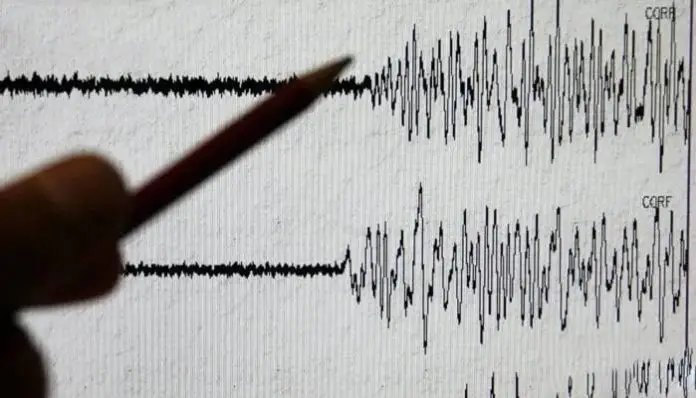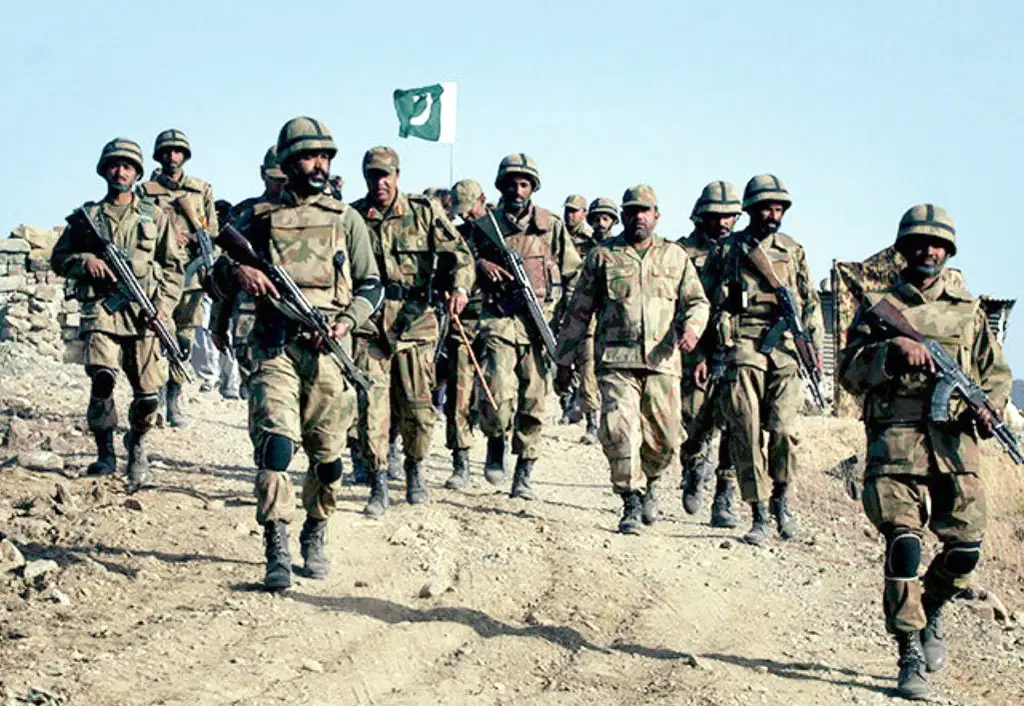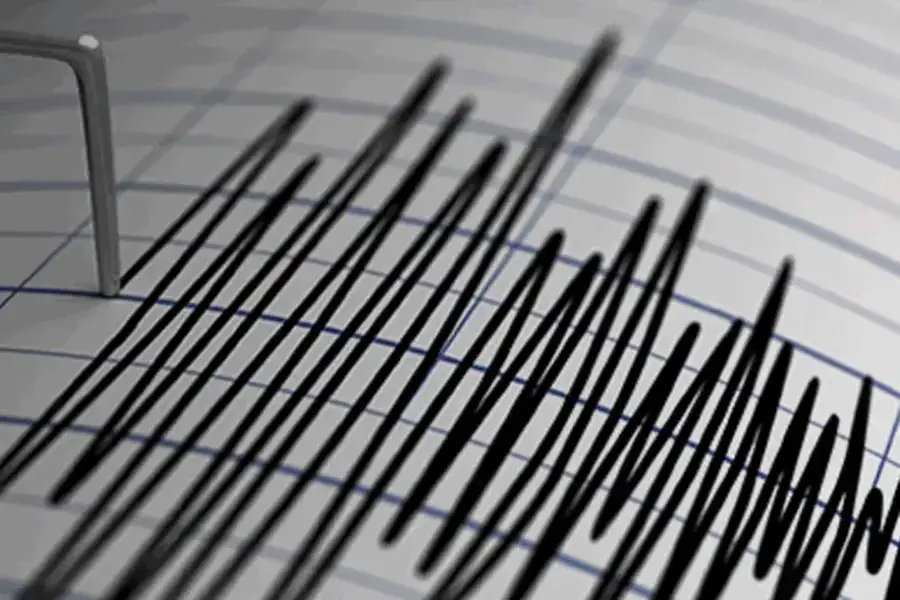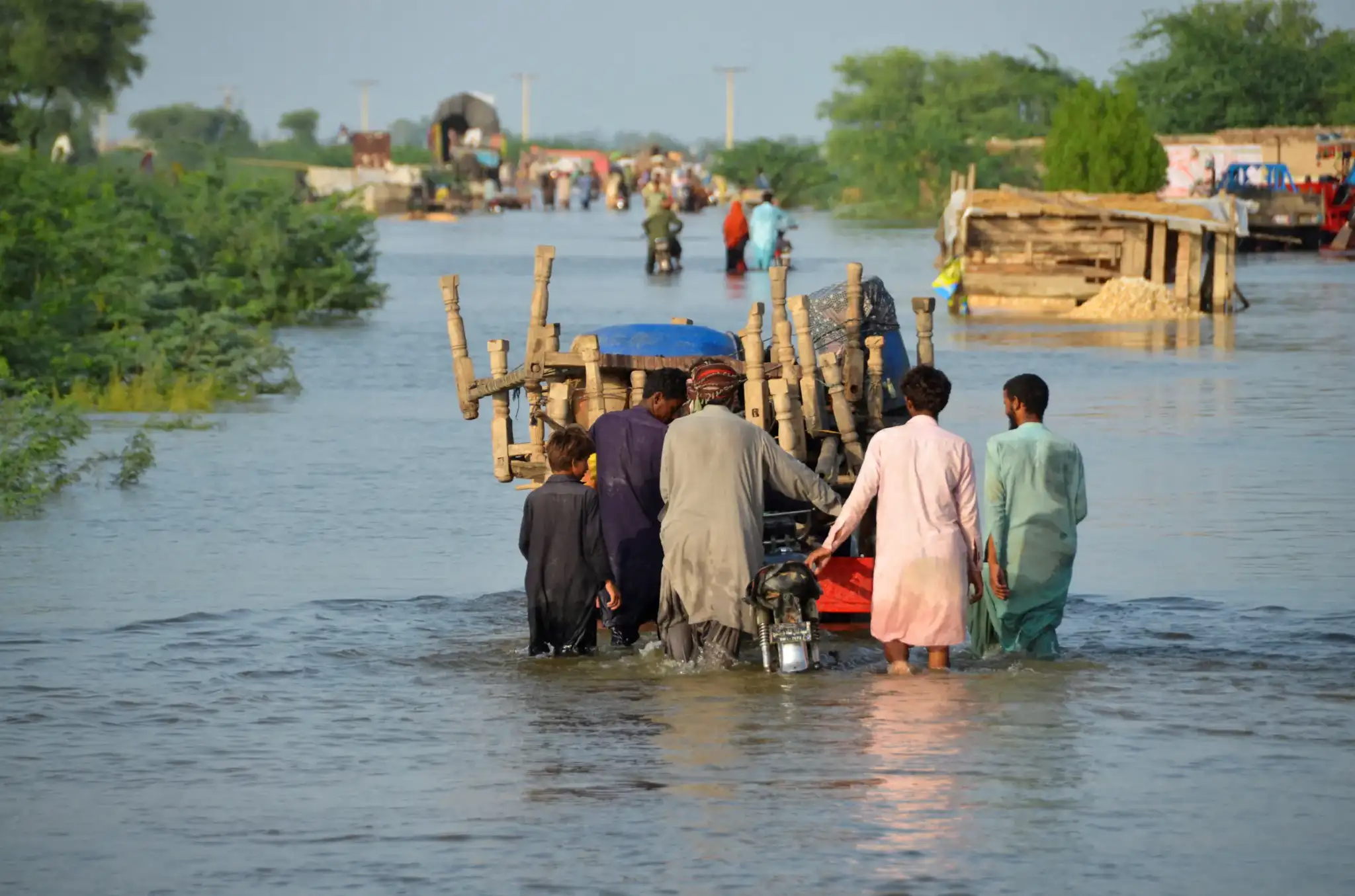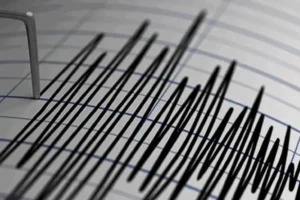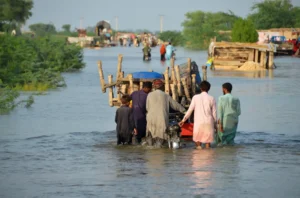![]()
Tremors were felt intensely in Islamabad, Rawalpindi, Murree, Peshawar, and the northern regions, shaking buildings and forcing many people to rush outside for safety.
The quake was not confined to these areas alone. Reports of strong shocks also came from Mianwali, Mandi Bahauddin, Taxila, Wah Cantonment, and Chakwal. In several locations, the tremors lasted long enough for families to evacuate their homes and gather in open areas, fearing possible aftershocks.
Authorities stated that no significant damage or casualties have been confirmed so far. However, assessment teams have been dispatched to the affected regions to keep a close watch on the situation.
Emergency services and local administrations remain on high alert, prepared to respond swiftly if any incidents occur.
Experts have urged the public to stay cautious yet calm. Residents are advised to avoid standing near damaged buildings, keep emergency supplies ready, and follow safety guidelines issued by disaster management authorities.
This earthquake once again highlights Pakistan’s vulnerability to seismic activity, particularly in the northern belt that lies near active fault lines.

